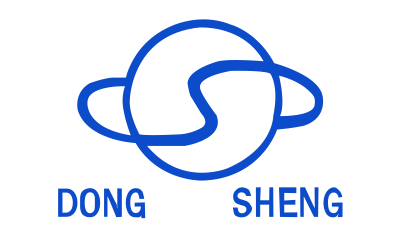The applicable conditions for API sucker rod pumps require a comprehensive consideration of multiple parameters, including well depth, production rate, well structure, and fluid characteristics. The core suitable scenarios can be summarized as conventional production environments of "medium-deep, low-to-medium production, vertical or slightly deviated wells." According to API SPEC 11AX specifications and industry practice, the specific applicable boundaries are as follows:
I. Well Depth and Production Range:
Depth Adaptation: The optimal applicable well depth is 1500-4000 meters. At this depth, the clearance between the plunger and pump barrel (typically 0.03-0.05 mm) balances lifting efficiency and manufacturing difficulty. When the well depth exceeds 5000 meters, special processes are required to control the clearance to within 0.02 mm.
Production Threshold: The daily fluid production of a single well should ideally be controlled at 10-100 cubic meters/day, with pump efficiency maintained at 60%-70%. If it exceeds 150 cubic meters/day, submersible electric pumps or screw pumps are more economical. For example, the 3200-meter deep well in Shengli Oilfield uses a top-fixed, bottom-sealed rod pump, achieving a pump efficiency of 68% when producing 58 cubic meters of fluid per day, reducing energy consumption by 22% compared to electric pumps in the same well section.
II. Well Structure Constraints:
Well Inclination Angle and Doggleg Severity (DLS): Vertical wells (inclination angle < 15°) and low-angle wells (15°-25°, Doggleg Severity (DLS) < 3°/25 meters) can directly use conventional API rod pumps; when the well inclination angle is 25°-45° and the Doggleg Severity (DLS) is 3°-4°/25 meters, special designs such as directional forced-closure pumps are required. High-angle wells (> 45°) often require centralizers or screw pumps due to severe rod wear—for example, in a 52° inclination well in the Tarim Oilfield, the rod string life was only extended to 180 days after installing a wear-resistant centralizer, still lower than that of vertical wells. Casing Size: The annular space requirements must match the pump diameter and casing inner diameter. For example, a 139.7 mm casing (5.5 inches) is compatible with a maximum pump diameter of 70 mm, while an 88.9 mm casing (3.5 inches) is limited to pump diameters below 56 mm.

III. Fluid Characteristics and Reservoir Conditions:
Gas and Sand Content Limitations: Free gas content must be controlled below 10% of the produced fluid volume; otherwise, gas lock may occur—when the pump inlet pressure is below the saturation pressure, every 1% increase in gas content will lead to a 3%-5% decrease in pump efficiency. When the sand content exceeds 0.5% (mass fraction), a composite sand-resistant rod pump must be selected, whose Ni60 alloy welded plunger can withstand sand erosion of 200 g/m³. Viscosity and Corrosive Environment: Routine application is possible when crude oil viscosity is <5000 mPa·s. For values exceeding this, hollow rod dilution or electric heating is required. For corrosive wells with H₂S partial pressure >0.05 MPa, 316L stainless steel pump casings are necessary. For example, in a well in the Sichuan Gas Field, this technology achieved a maintenance-free period of 420 days, 2.3 times longer than carbon steel pumps.
IV. Process Compatibility and Economic Boundaries:
Surface Equipment Compatibility: Compatibility with conventional beam pumping units is required. An optimal range is 1.8-6 meters in stroke length and 4-12 strokes/minute. If an ultra-long stroke (8 meters) design is adopted, the pumping unit reducer torque rating must be upgraded accordingly.
Economic Expansion Boundaries: Competitive when single-well maintenance costs are <50,000 RMB/year. During periods of low oil prices (<40 USD/barrel), its energy consumption cost is 15%-30% lower than electric pumps. For example, the Yanchang Oilfield uses top-sealed, bottom-supported rod pumps, controlling the annual operation and maintenance cost per well to 32,000 yuan, only 60% of that of screw pumps.
Critical exclusion conditions: Rod pumps are no longer suitable when the oil well exhibits the following characteristics: well inclination angle > 45° and Dogeg Severity (DLS) > 4°/25 meters; gas cut > 30% and gas anchoring is not feasible; daily fluid production > 200 cubic meters or < 5 cubic meters/day; H₂S partial pressure > 0.3 MPa and no corrosion-resistant material solution available. In these scenarios, rodless lifting or gas lift processes will be more technically and economically viable.

